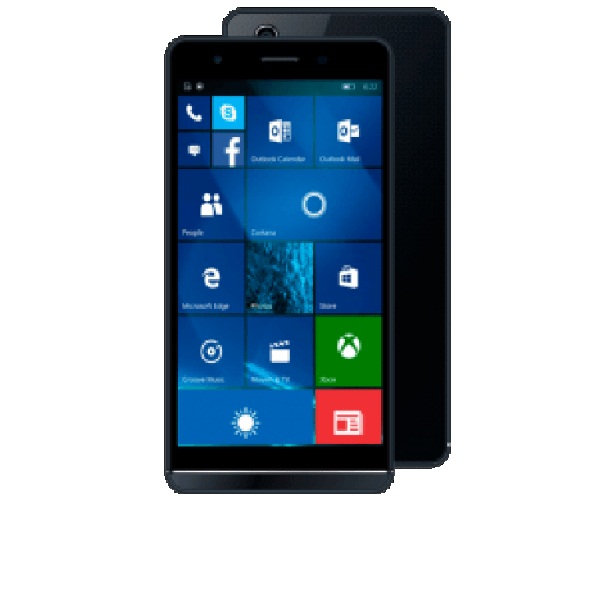Symwave Ses Usb Device Driver For Mac
USB-C describes the shape and style of a port on your computer and the connectors that you can plug into the port. USB-C ports look like this: Several different data transfer standards, like USB 3 and Thunderbolt 3, can flow through a USB-C port and connector.
You can also connect your computer's AC power adapter to a USB-C port with a. USB-C ports are reversible, so you don't have to worry about which side of the connector is up when you plug it in. These Mac computers have Thunderbolt 3 (USB-C) ports that support USB 3.1 Gen 2 and Thunderbolt 3:.
iMac Pro (2017). iMac (Retina 5K, 27-inch, 2017). iMac (Retina 4K, 21.5-inch, 2017). iMac (21.5-inch, 2017). MacBook Pro (2016 and later) These Mac notebooks have USB-C ports that support USB 3.1 Gen 1:. MacBook (2015 and later) You can use your USB 3 devices with the above Mac models using an. Try these tips if a USB 3 device doesn't activate or appear on the USB 3 bus:.
Be sure you've installed the latest software updates available for your computer. To check, choose App Store from the Apple menu and see if any updates are available. Sometimes unplugging and plugging the device back in can resolve the issue. Try plugging the device into another USB port on the computer. Check to see if a firmware update is available for your device from the manufacturer. If the device came with an AC adapter, use it.
Restart your computer. Try a different USB 3 cable. Try a different USB 3 hub. Some USB 3 devices can generate radio frequency interference that can cause Wi-Fi and Bluetooth devices operating in the 2.4GHz band to have issues communicating with your computer. Here are some tips to avoid this issue:. If your USB device has a cable long enough that you can move the device, place it away from your Mac—and make sure not to place it behind your Mac, or near the hinge of its display.
Symwave Ses Usb Device Driver For Macbook Air
The antennas for Wi-Fi and Bluetooth are located there, and USB 3 devices placed there might interfere with your wireless connections. If you're using adapters or dongles on a Mac computer with Thunderbolt 3 (USB-C) ports, plug them into the front port on the left side of your Mac, or into the ports on the right side (if your computer has them). These ports are the farthest away from the antennas, making interference less likely.
To avoid interference on the 2.4GHz band using Wi-Fi, try using the 5GHz band instead. You can change this on your wireless base station. Bluetooth always uses 2.4GHz, so this alternative isn't available for Bluetooth.

Information about products not manufactured by Apple, or independent websites not controlled or tested by Apple, is provided without recommendation or endorsement. Apple assumes no responsibility with regard to the selection, performance, or use of third-party websites or products. Apple makes no representations regarding third-party website accuracy or reliability. Risks are inherent in the use of the Internet. For additional information. Other company and product names may be trademarks of their respective owners.
How to Update Apple Mobile Device USB Driver If Apple Mobile Device USB driver is corrupted or missing in your Windows computer, the iOS devices, such as iPhone would not be detected or recognized by the host or the virtual machine. At this moment, in order to successfully connect iPhone etc Apple device to host computer or VMware Mac OS X, it is necessary to check and install or update Apple mobile device USB driver at first on your computer. Where and how you can check Apple mobile device USB driver? Take Windows 7 as example. Open Control Panel and search device manager at the top right side. Then click Device Manager under System to open it. Expand the Universal Serial Bus controllers and usually you see Apple Mobile Device USB Driver there.
Symwave Ses Usb Device Driver For Mac Pro

Apple mobile device USB driver is automatically installed when you plug iPhone/iPad etc to the computer. So in most of cases, you just need to disconnect Apple device from computer and connect it again.
Then the problem would be solved. If it doesn't work, please install or update the Apple mobile device USB driver in Device Manager. How to install or update Apple mobile device USB driver? If you have connected iPhone etc Apple device to your computer, now just go to Portable Devices Apple iPhone or Apple Mobile Device USB driver in Device Manager.
Right click it and select Update Driver Software option from context menu. On following window, choose a way to find and update the driver software. Now we choose the first one ' Search automatically for updated driver software'. Surely if you have downloaded the Apple mobile device USB driver, you can browse your computer for driver software. Instantly, you will get the message 'The best driver software for your device is already installed'.
Or you will have to wait for Windows to find and install the updated driver software on your computer in few minutes. If Windows cannot find the driver, you can find and download it manually. Technology project. But it is not so easy to do by youself. If the above method didn't work, you can uninstall the Apple Mobile Device USB driver firstly and then reinstall it. 2-1 Right click on Apple Mobile Device USB driver and choose ' uninstall'.
2-2 Click OK to confirm uninstall and delete the driver software for the device. 2-3 Click Action on top menu and click Scan for hardware changes. Related Articles:.